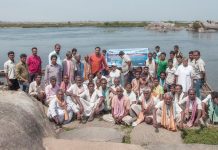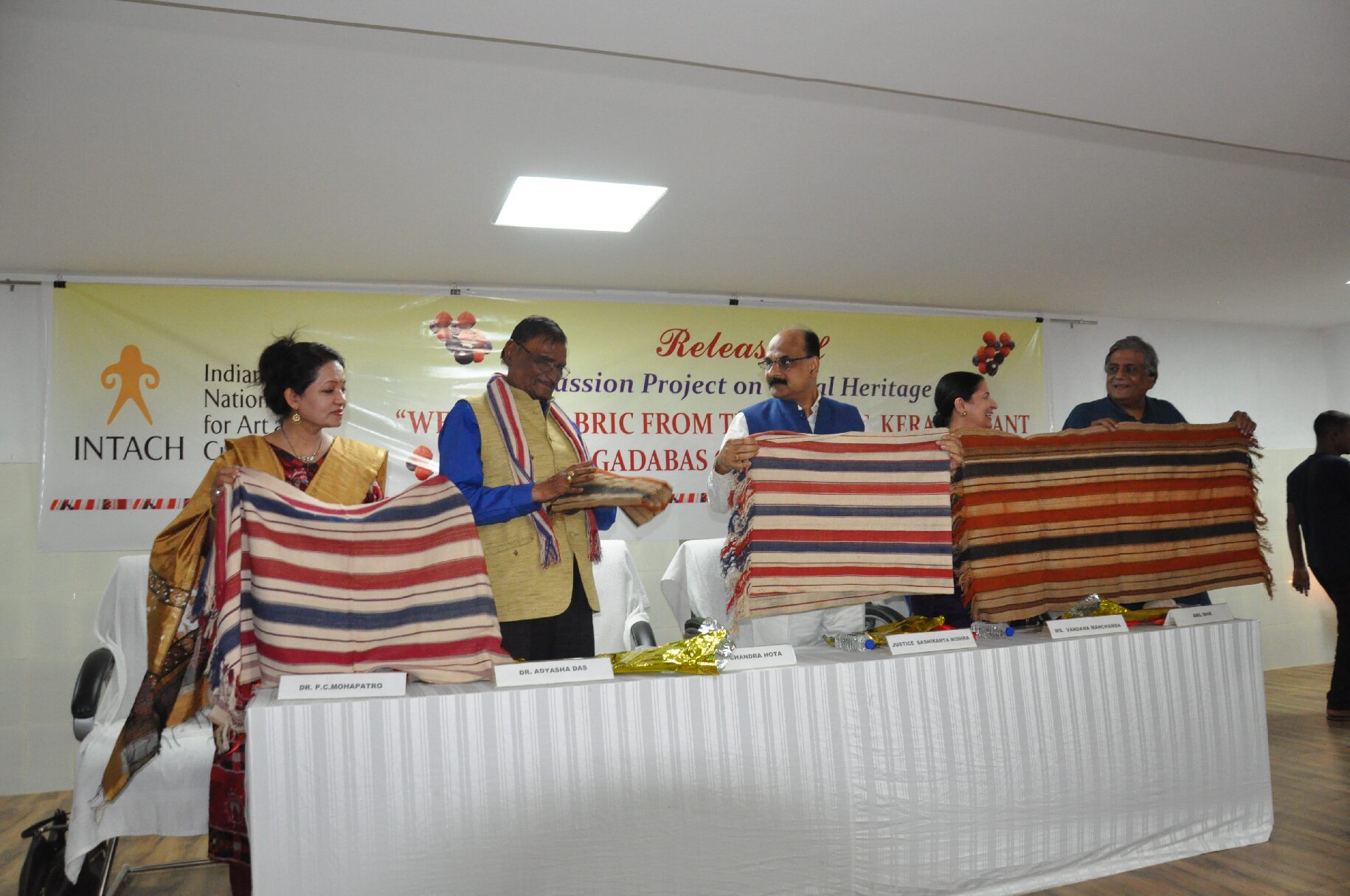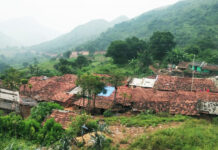Besides Mangalajodi, the sites being developed by the Odisha government as part of Eco-tourism project include Barakhandia and Dhodrokusum under the Hirakud wildlife division, Kumari and Jamuani the under Baripada wildlife division, Deras and Godibari under the Chandaka wildlife division and Tarava and Chhotkei under the Satkosia wildlife division.
Nature and environment are in focus. Having realised that Nature tourism would be a big money spinner in the near future, Odisha government had expedited work on the 30 sites selected for the development of eco-tourism facilities as foreign tourists were expected to arrive in the state in large numbers for the Men’s World Cup hockey that kicked off during the last November.
The sites spread across 22 districts of the state are being developed by the forest department. State tourism department has taken the responsibility of creating awareness about them in various ways.
Sources said work was at an advanced stage at most of the sites including Mangaljodi on the banks of the Chilika lake where lakhs of migratory birds from various parts of Asia and Eastern Europe have arrived to spend the winter. More than two lakh birds have already landed in the lake area. “They can be seen in the Nalabana island and Manghalajodi and Sorana areas,” said Chilika assistant conservator of forests, Maheswar Patnaik.
The Chilika Development Authority (CDA) has renovated the bird interpretation center called Bihanga Bhavan at Mangaljodi at an estimated cost of Rs.10 lakh. The center, a major attraction for foreign tourists, has maps and charts depicting the migration pattern of birds, their ecology and congregation sites.
Mangaljodi, where migratory birds flock in large numbers during the winter, has been hailed by the Bombay Natural History Society as an ideal congregation ground for the winged guests.
Steps are also being taken to construct at least a dozen rooms, watchtowers and nature trails at Mangaljodi which only a few years ago was notorious for the poaching of migratory birds. However, Patnaik said that Mangaljodi was now a safe place for birds with steps having been taken to curb poaching.
“During the winter when the entire lake area comes alive with the sound of birds we take special care to ensure that the winged guests are safe and enjoy their stay,” said Patnaik.
Other sites being developed by the state government as part of this new tourism project include Barakhandia and Dhodrokusum under the Hirakud wildlife division, Kumari and Jamuani the under Baripada wildlife division, Deras and Godibari under the Chandaka wildlife division and Tarava and Chhotkei under the Satkosia wildlife division.
Apart from this there are smaller sites in various districts which could be developed by the government in future. Much would depend upon how the whole plan works out. If it pans out as planned the government’s revenue from tourism sector would get automatically augmented.










































